An antioxidant found in green tea may increase levels of p53, a natural anti-cancer protein, known as the “guardian of the genome” for its ability to repair DNA damage or destroy cancerous cells.
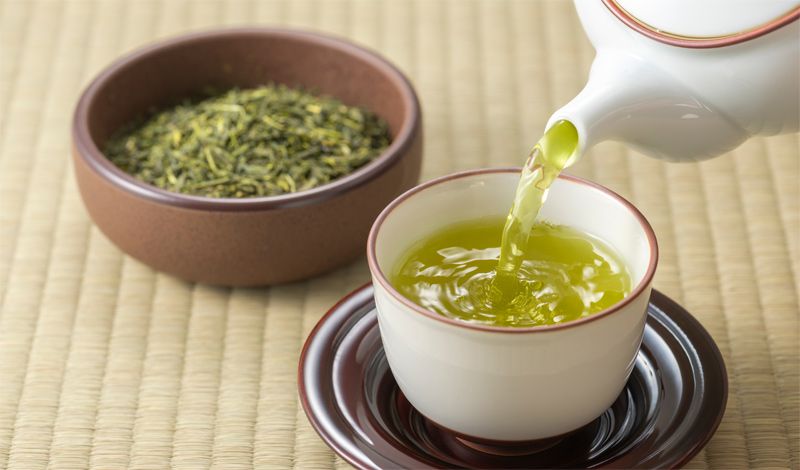

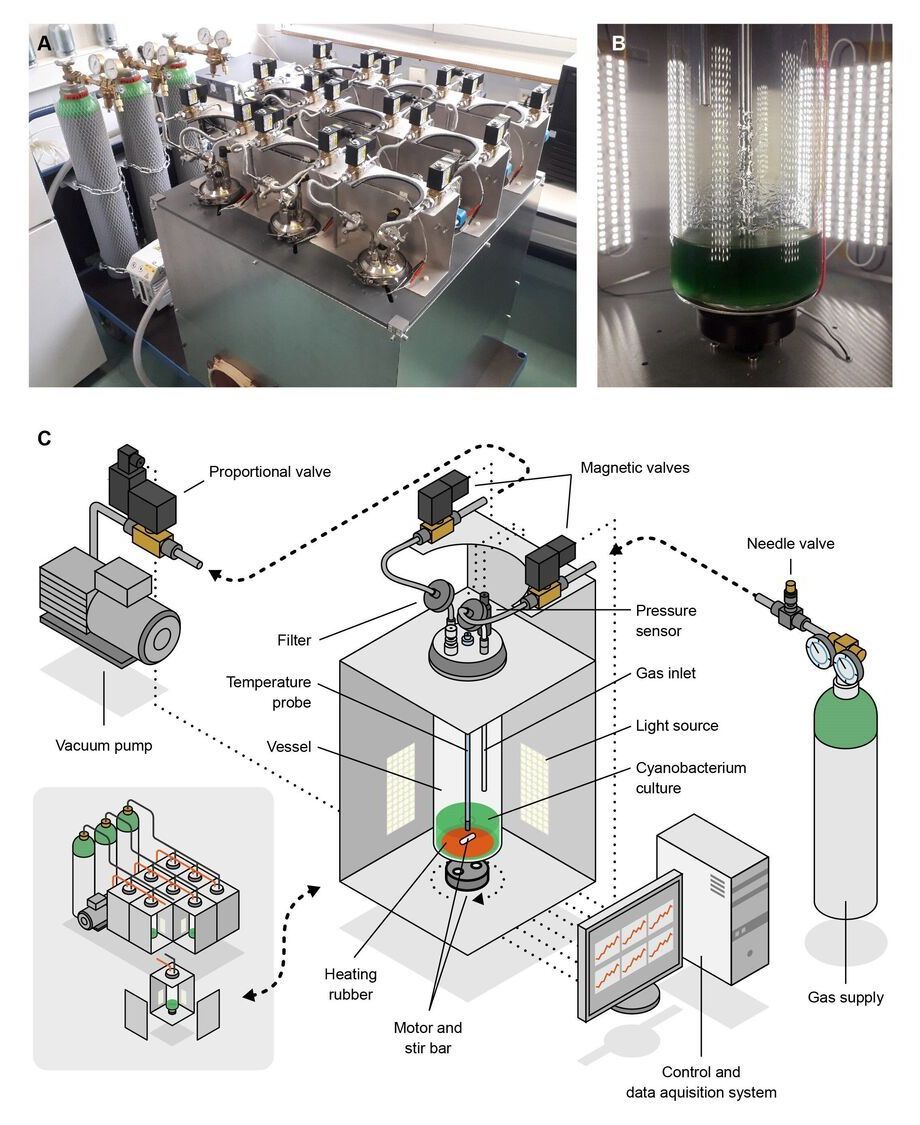
NASA, in collaboration with other leading space agencies, aims to send its first human missions to Mars in the early 2030s, while companies like SpaceX may do so even earlier. Astronauts on Mars will need oxygen, water, food, and other consumables. These will need to be sourced from Mars, because importing them from Earth would be impractical in the long term. In Frontiers in Microbiology, scientists show for the first time that Anabaena cyanobacteria can be grown with only local gases, water, and other nutrients and at low pressure. This makes it much easier to develop sustainable biological life support systems.
British scientists are developing ‘universal Covid jab’ that would effectively beat all variants of the virus in as little as a YEAR.
Nottingham University researchers are working with Oxford-based cancer vaccine firm Scancell (pictured, its chief medical officer) to create the universal vaccine.

Engineers at the University of California San Diego have developed a soft, stretchy skin patch that can be worn on the neck to continuously track blood pressure and heart rate while measuring the wearer’s levels of glucose as well as lactate, alcohol or caffeine. It is the first wearable device that monitors cardiovascular signals and multiple biochemical levels in the human body at the same time.
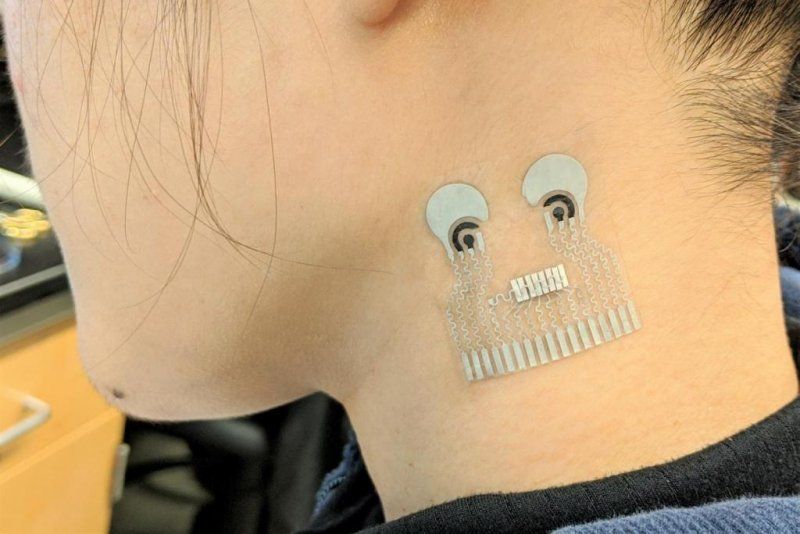
“” This type of wearable would be very helpful for people with underlying medical conditions to monitor their own health on a regular basis,” co-first author of the study Lu Yin said in a news release.
New wearable device converts body heat into electricity.
“It would also serve as a great tool for remote patient monitoring, especially during the COVID-19 pandemic when people are minimizing in-person visits to the clinic,” Yin, a nano-engineering doctoral student at the University of California, San Diego.
In addition to monitoring chronic conditions like diabetes and high blood pressure, as well as pinpointing the onset of sepsis, the patch could help predict people at risk of becoming severely ill with COVID-19.
Scientists have developed a thin, flexible skin patch, worn on the neck, that can provide all-in-one health monitoring capabilities, including the wearer’s heart rate, blood pressure and glucose levels.
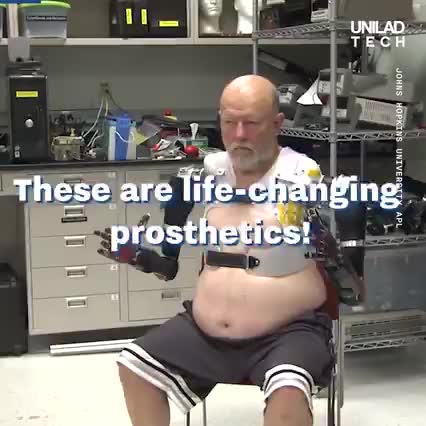


Medically healing nanites and magic spells are one way to get a character back on their feet again, but most characters aren’t packing those kinds of tools in their medical kits. What do authors and readers need to know to keep medical services realistic for the time, place, and overall setting within the story? Our experts share their knowledge on setting bones in space to mixing poultices in the forest to stave off infection in order to keep the healing real. They will also share tips and tricks on realistic wounds, character pain management, and other speculative medicinal practices.
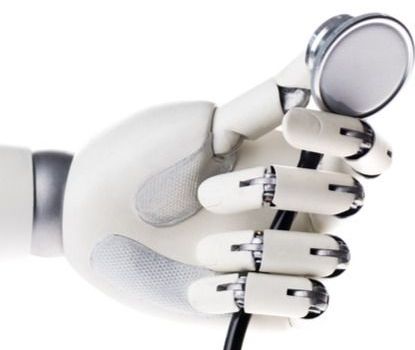
It’s 2050 and you’re due for your monthly physical exam. Times have changed, so you no longer have to endure an orifices check, a needle in your vein, and a week of waiting for your blood test results. Instead, the nurse welcomes you with, “The doctor will sniff you now,” and takes you into an airtight chamber wired up to a massive computer. As you rest, the volatile molecules you exhale or emit from your body and skin slowly drift into the complex artificial intelligence apparatus, colloquially known as Deep Nose. Behind the scene, Deep Nose’s massive electronic brain starts crunching through the molecules, comparing them to its enormous olfactory database. Once it’s got a noseful, the AI matches your odors to the medical conditions that cause them and generates a printout of your health. Your human doctor goes over the results with you and plans your treatment or adjusts your meds.

The human genome contains billions of pieces of information and around 22000 genes, but not all of it is, strictly speaking, human. Eight percent of our DNA consists of remnants of ancient viruses, and another 40 percent is made up of repetitive strings of genetic letters that is also thought to have a viral origin. Those extensive viral regions are much more than evolutionary relics: They may be deeply involved with a wide range of diseases including multiple sclerosis, hemophilia, and amyotrophic lateral sclerosis (ALS), along with certain types of dementia and cancer.
For many years, biologists had little understanding of how that connection worked—so little that they came to refer to the viral part of our DNA as dark matter within the genome. “They just meant they didn’t know what it was or what it did,” explains Molly Gale Hammell, an associate professor at Cold Spring Harbor Laboratory. It became evident that the virus-related sections of the genetic code do not participate in the normal construction and regulation of the body. But in that case, how do they contribute to disease?
Eight percent of our DNA consists of remnants of ancient viruses, and another 40 percent is made up of repetitive strings of genetic letters that is also thought to have a viral origin.